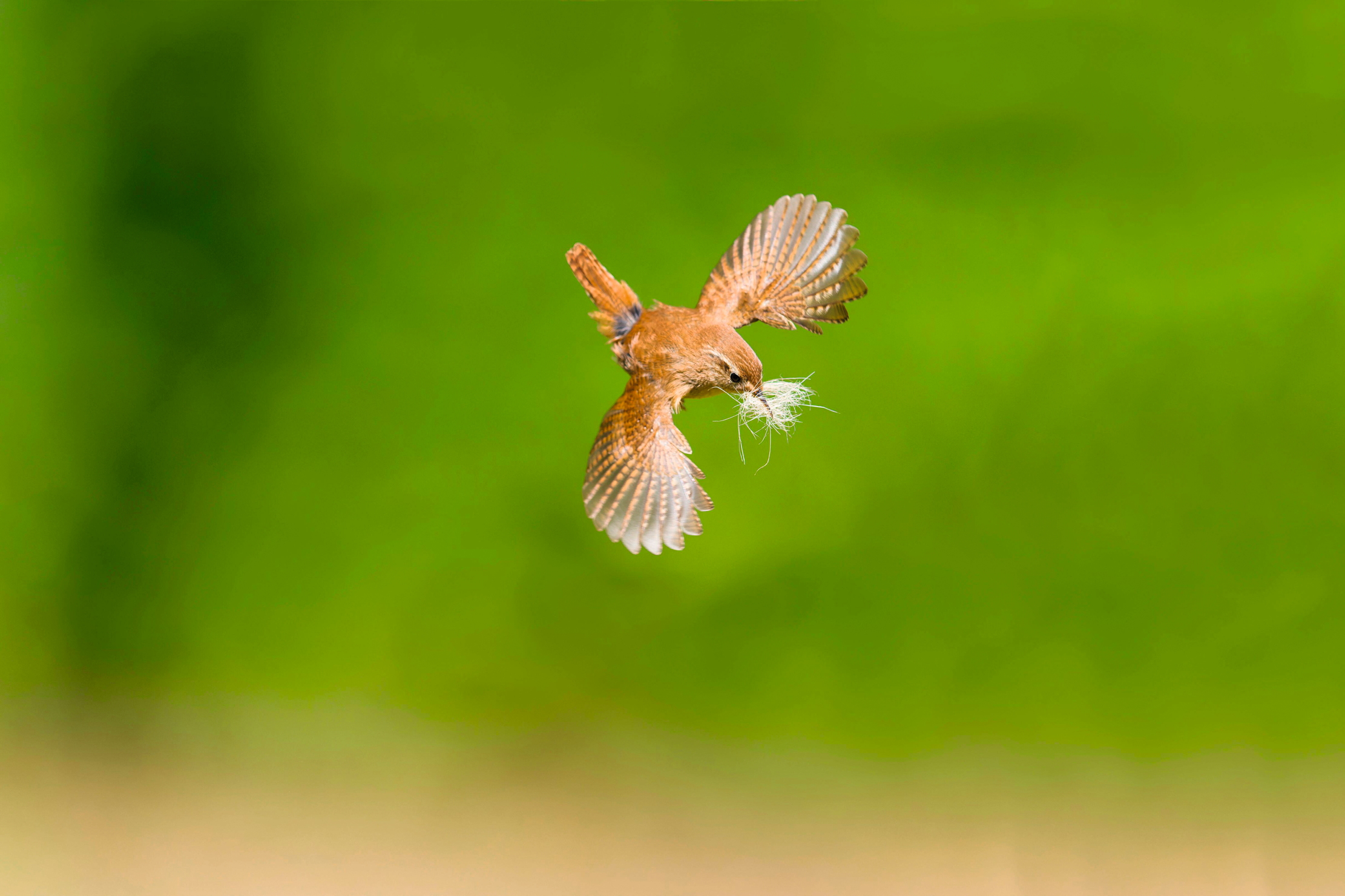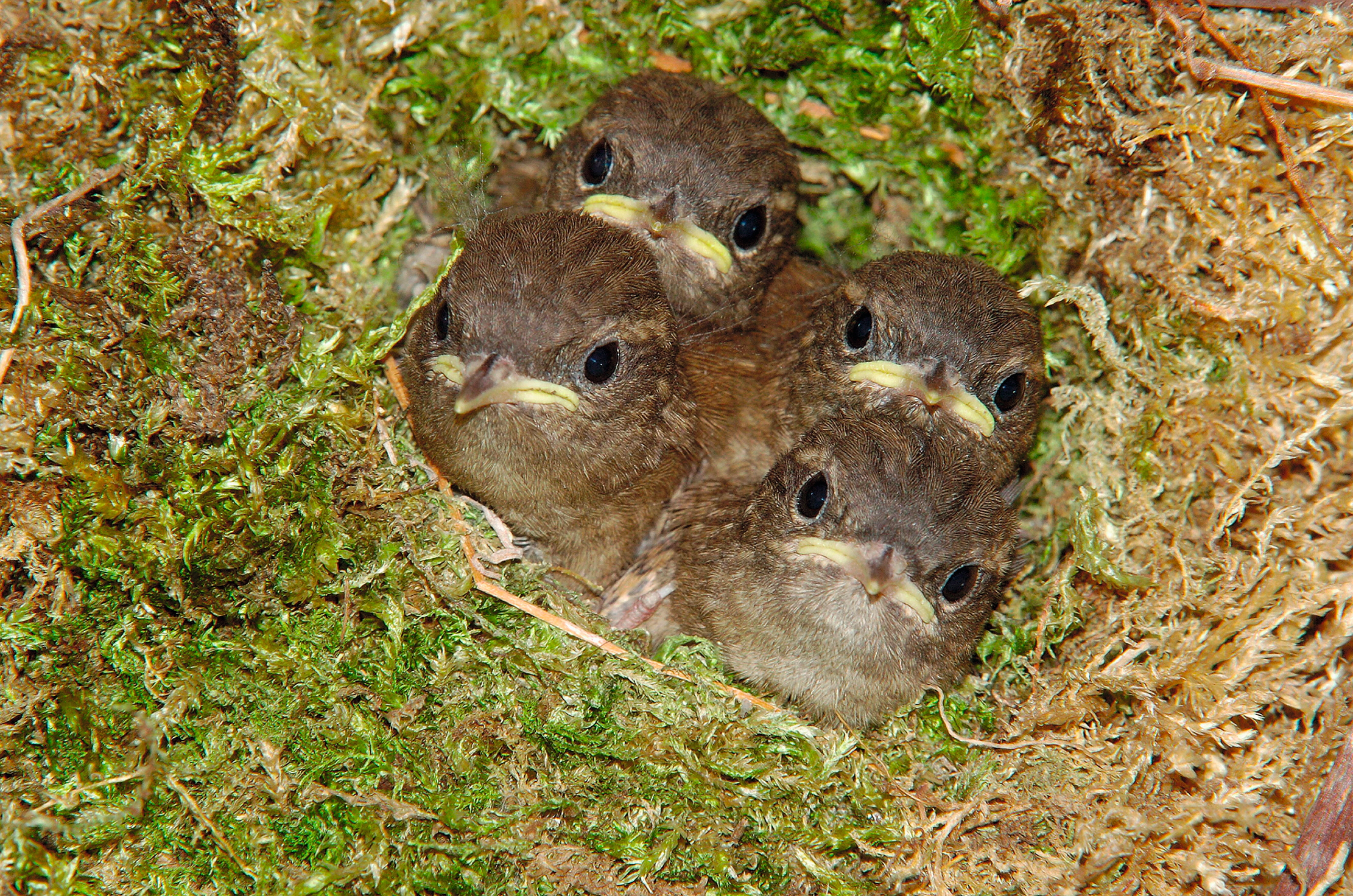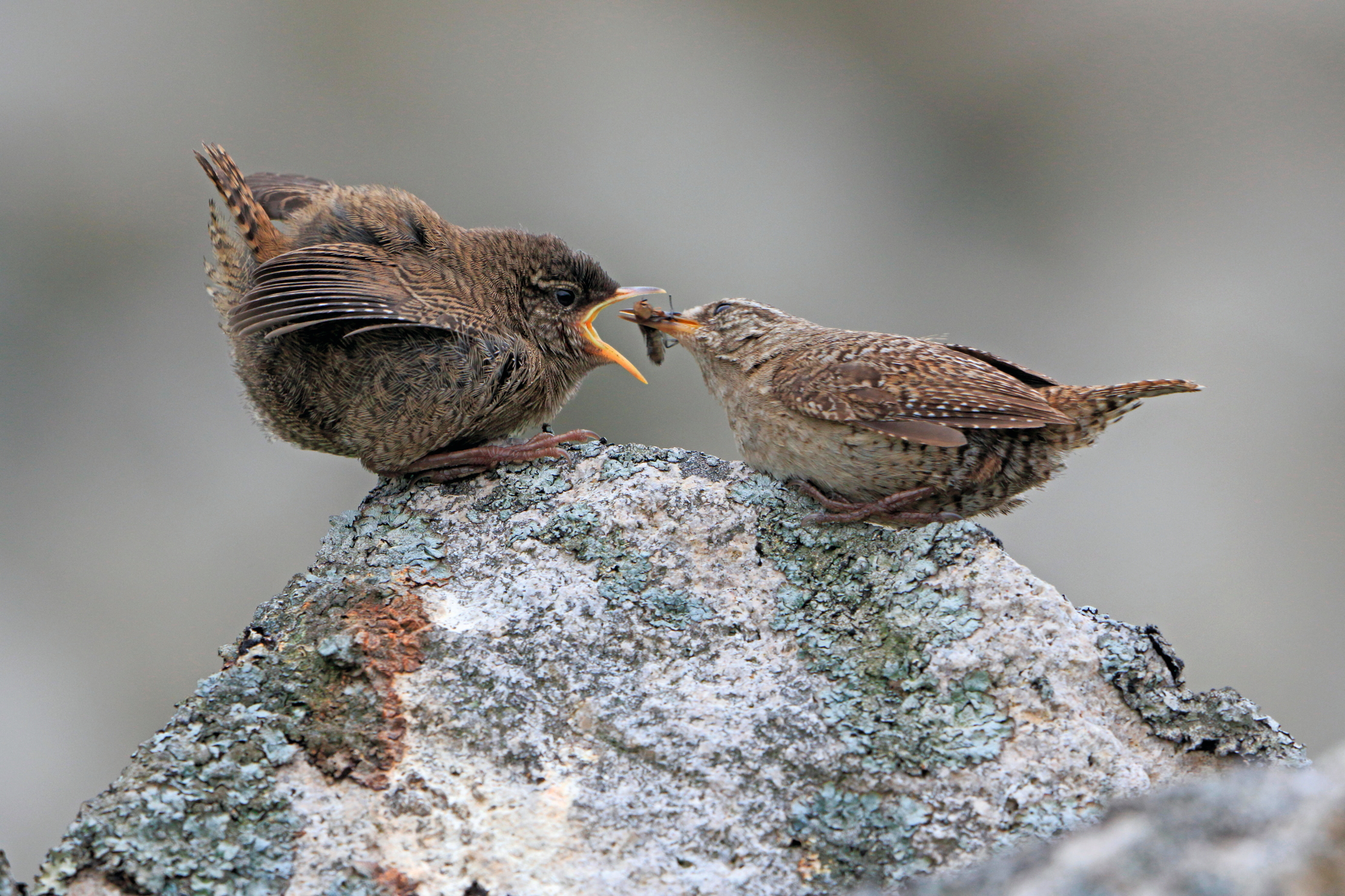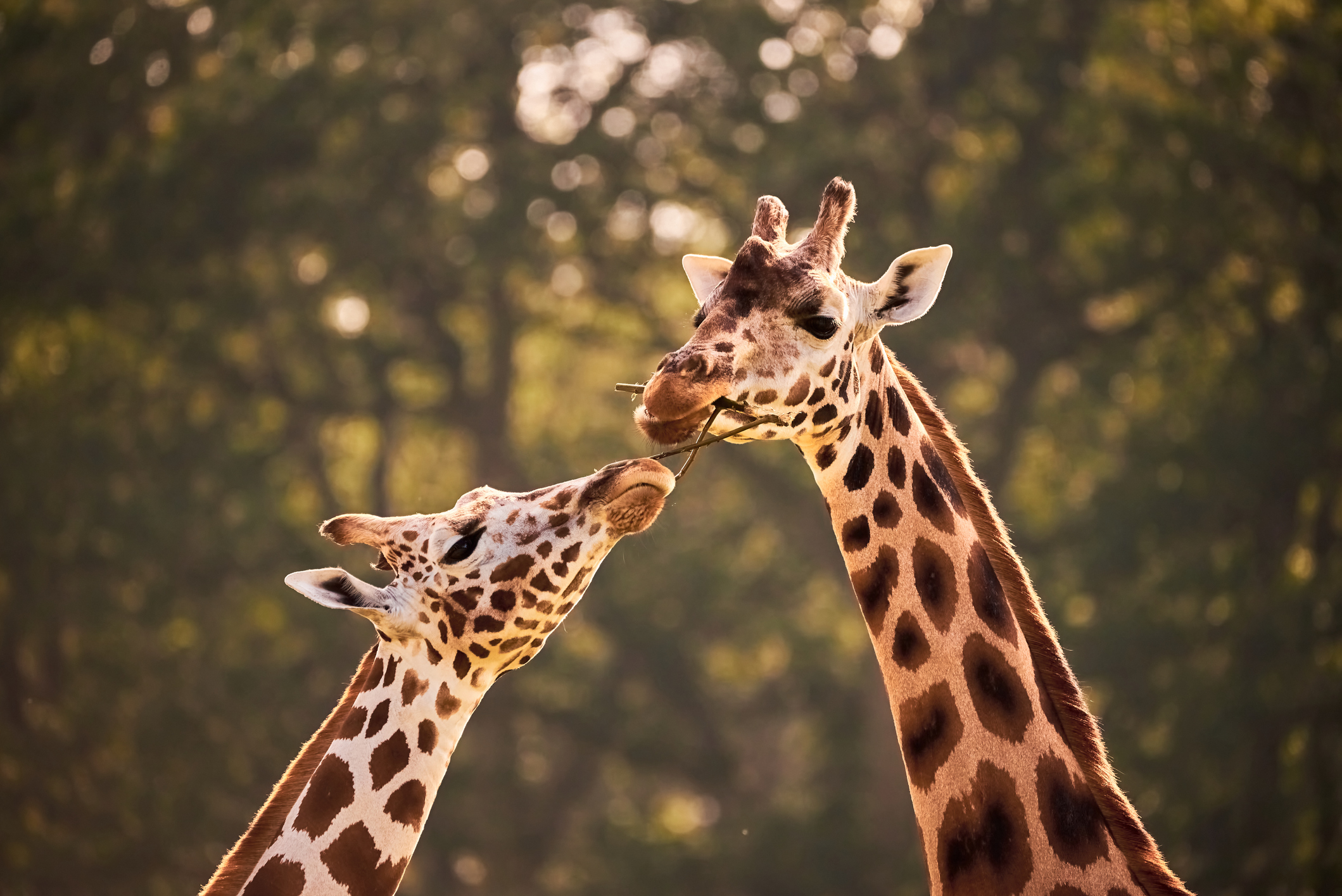'I could see puffs of condensed breath as he sang. Suddenly, the world felt fine': The wren, a little mite with a mighty heart
Shy yet bold, furtive yet fearless and fond of nesting in your trousers, the tiny ‘Jenny wren’ has a lusty voice that matches its sense of adventure.

I’m guessing, in the wettest of years, that many of you have had moments such as this. I was coming off the Derbyshire moors after a rather joyless slog over sodden ground. I had seen next to nothing all day and spirits were low. As I came into a deep gritstone cleft, with boulders climbing the slopes on both sides, I discovered the usually tiny brook was engorged with rain and turned to a torrent, filling the clough with violent sound.
Through it all, there arose a loud, sweet song with the penetrative, high trilling timbre of a martial fife. Again and again, the owner launched those phrases upon the waterlogged scene. It was like a tiny cannon blasting hope onto the gloom. Eventually, I located a brown bird no bigger than my inner palm, his stub tail raised above his back like a flag. The head was uplifted. The needle-thin beak quivered in time with his music as the phrases ricocheted off the rocks around and, as the rain fell, I could see puffs of condensed breath as he sang. Suddenly, the world felt fine.
What is so affecting about wrens is not that diminutive stature, but that the scale of the birds’ impact is out of all proportion to their size. At about 4in tall and 12g in weight (less than half an ounce, in old money), the species is outdone only by the goldcrest and the firecrest as Europe’s smallest bird. Yet the song is so loud it can be heard from more than half a mile away. Even the most scientific of authors are sometimes moved by its sheer gusto: ‘Warbling phrase delivered as if it were trying to burst lungs,’ suggested one usually dry tome. Wrens, you realise, are titchy birds with big hearts.
Their behaviour entails a similar sort of paradox. They are by no means shy, although they are often to be found at or just above ground level, invariably among dense vegetation, where their loud ticking or churring notes are the only indications of the bird’s furtive progress. The scientific name Troglodytes troglodytes, honouring these rather secretive habits, means ‘cave-dweller’. Yet a wren will as readily pop up on a twig at eye level and assault you face-to-face with its Paganini phrases. Or they will follow right behind a predator, such as a cat, hopping beyond harm’s reach as they maintain a barrage of alarm notes. Wrens, you realise, are shy and bold, furtive and fearless.

Together with a largeness of spirit runs a broadminded approach to habitat. In Britain, there is barely a spinney that doesn’t hold a nesting pair and, although the species loves woodland, reaching its highest densities in such places, wrens readily adapt to marshes, open farmland and even high, windswept treeless country, such as the Derbyshire clough where I saw my bird. In Scotland, they have been found nesting at elevations of nearly 2,000ft; however, this is modest compared with wrens in the Himalayas, where they have been recorded among barren crags at 18,000ft.
For all these reasons, wrens move us to admiration. There is a very old fable about the ‘king of the birds’ that is recurrent across Europe. It may equally centre on another mighty midget, the goldcrest — the scientific name of this species, Regulus, actually means ‘little king’ — but the wren has long been linked to the same myth. It tells of a competition held by all the feathered tribes to elect their leader. Eventually, an eagle is soaring alone into the heavens and is about to proclaim victory, when a wren emerges from the eagle’s plumage in which he had been hiding. The tiny bird flutters over his rival and bursts into song to snatch the prize. The wrath of the thwarted raptor explains the wren’s subsequent life of hiding among the thickets, but the moral of the piece speaks of the triumph of brain and pluck over simple brawn.
Much has been made of the Welsh name for the wren, dryw, which is thought to share its origins with the word for a seer or druid, derwydd. The connection has been advanced as evidence of the bird’s sacred status in ancient Britain. What is indisputable is that wrens are among the very few birds to have acquired their own Christian name. ‘Robin’ redbreast may be better known, but ‘Jenny’ wren is far more likely to be used than any technical alternative, such as ‘Eurasian wren’.
Sign up for the Country Life Newsletter
Exquisite houses, the beauty of Nature, and how to get the most from your life, straight to your inbox.
'A wren pair successfully reared young in a nest on the running board of a lorry. Twice a week, the whole family was obliged to make a short excursion from Kent to Covent Garden'
Wrens repay these affections by nesting in all sorts of domestic situations, not only in outbuildings or in pots on shelves, but in the lower branches of an old broccoli plant, inside trousers and jackets that have been hung on washing lines, by a circular saw that was in use for most of the working day, within the mouth of a prized pike that was stuffed and displayed on a garage wall. Yet my favourite is the story of the wren pair that successfully reared young in a nest on the running board of a lorry. Twice a week, the whole family was obliged to make a short excursion from Kent to Covent Garden.
Another telling story is of the wren that had the habit of coming into someone’s house to continue feeding, as if the sitting room were merely one more cave-like habitat. The renowned plein-air landscape artist and activist Kurt Jackson recalled an occasion when he was sitting outside and completely absorbed in his work. Suddenly, a family of recently fledged wrens decided that this human figure, with arms outstretched, would serve equally as well as the next perch. Often, there is a sense that wrens know they are too small to excite the interests of other species.
There is some ecological underpinning for the notion that the birds have special relations with humans in these islands. Wrens are more consistently spread throughout the whole of Britain than any other avian species. There is barely a parish that cannot claim them. Not only do we hold the biggest population of almost any European country — about 11 million pairs — but wrens have diversified here more than in any comparably sized region.
The English race is itself distinct (and called indigenous) from Continental birds, but there are four more British subspecies. These are found in Shetland (technically named Troglodytes troglodytes zetlandicus) and the Outer Hebrides (hebridensis), on Fair Isle (fridarensis) and in the St Kilda archipelago (hirtensis).

The last two are particularly noteworthy. The Fair Isle race of wren is represented by only 30 pairs and is arguably the rarest subspecies of bird in Britain. Yet the St Kilda wrens are also remarkable. They are subtly different in appearance and richly barred below. True to their cave-dwelling name, they show a marked preference for living in and around puffin burrows that riddle the sea cliffs and slopes of St Kilda.
The bird had a chequered history once it was formally recognised in 1884. Victorian collectors wanted both the eggs and stuffed adults for cabinet displays and this cupidity drove the birds close to extinction. There are now about 150 pairs surviving at the furthest edge of this island. Imagine them — singing their hearts out to the Atlantic Ocean and nothing beyond all the way to Greenland.
Given the wren’s wider attachments to our archipelago, some may be a little surprised to learn that the bird is, at root, an American. The entire family, technically known as the Troglodytidae, originated in the Americas and all but one of its members is confined to the New World, with 82 species spread from Alaska to Tierra del Fuego.
At some point in the remote past, a single wren made the hazardous journey across the Pacific and made landfall in Asia. That avian explorer then journeyed, largely by tunnelling under tree roots and thorn thicket, until over millennia it occupied parts of Tibet, India and Afghanistan. On it ventured to Asia Minor and through Siberia until it arrived in Europe. The tiny creature then spread to the continent’s westernmost margins in Iberia, Ireland and even Iceland.
This is the wren, our wren, the most widespread of all its family. That historical odyssey to wrap itself right around the globe is surely the most impressive story in the life of a brown mite that isn’t short of a tale or two.
Mark Cocker is a journalist who contributes to the Guardian's Country Diary. He has also written for the New Statesman and The Spectator

Credit: Getty
Jonathan Self: November used to be a month of bleak fields and naked trees; this year we had summer flowers in bloom and ate lunch on the terrace
Jonathan Self discovers a name for his sense of unease caused by life being out of balance.
-
 ‘It had the air of an ex-rental, and that’s putting it politely’: How an antique dealer transformed a run-down Georgian house in Chatham Dockyards
‘It had the air of an ex-rental, and that’s putting it politely’: How an antique dealer transformed a run-down Georgian house in Chatham DockyardsAn antique dealer with an eye for colour has rescued an 18th-century house from years of neglect with the help of the team at Mylands.
By Arabella Youens
-
 You're having a giraffe: Country Life Quiz of the Day, April 25, 2025
You're having a giraffe: Country Life Quiz of the Day, April 25, 2025Friday's Quiz of the Day brings your opera, marathons and a Spanish landmark.
By Toby Keel